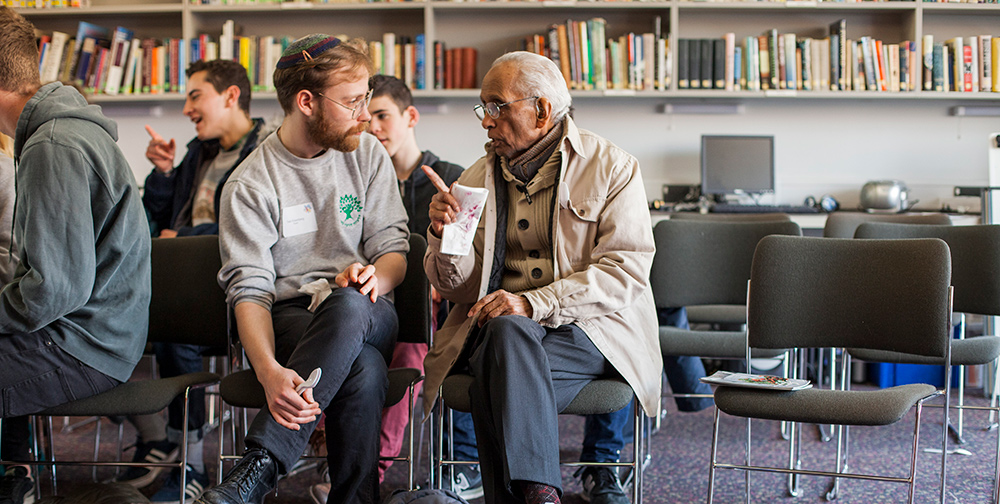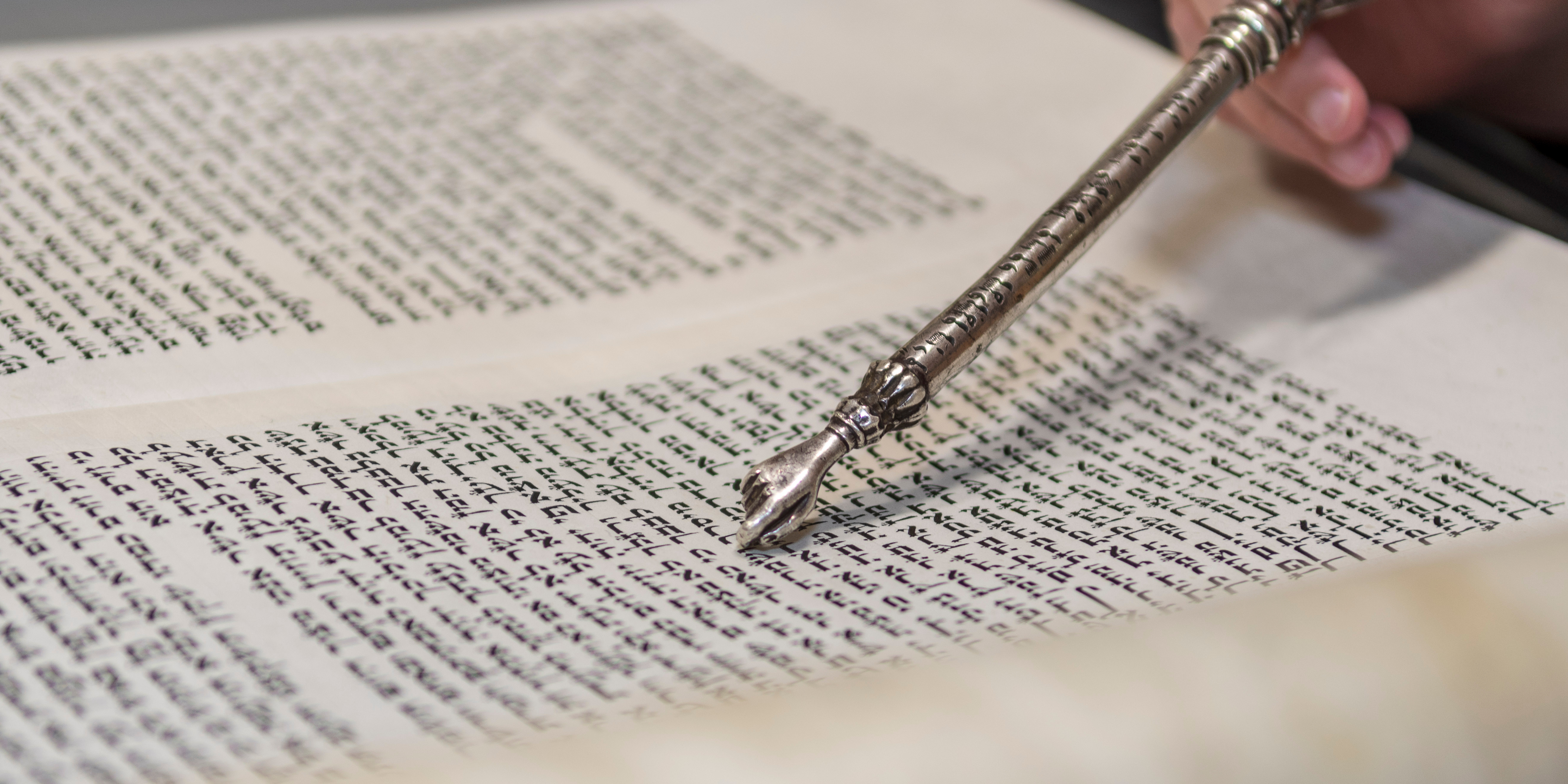Eimecha Nasati

Piyutis the name given to the poetic prayers and petitions composed by rabbis, scholars andchazzanimfrom the time of the Roman Empire until the late Middle Ages. The term is thought to derive from the Greekpoy’ein, to make; the same word which gives us the nounpoy’etes, a poet. Thepayyetanim,or composers ofpiyyut, are the poets of the Jewish spiritual imagination.
Originally their compositions generally replaced much of the formal liturgy. So long as thepayyetanwrote the correct number of pieces on the appropriate themes, and made sure to conclude each verse with a word or phrase which led the worshipper back to the traditional, and unalterable, blessing formula, they had the liberty to let the heart speak and the lyrical voice sing.
Over time, though, the fixed liturgy became dominant and the works of the poets were incorporated as additions and adornments only. As a result most were eventually honoured more often in the omission than in the inclusion. The service became shorter, an admitted advantage to many. But, like a soil used year after year for just one crop, the colour and wonder of the wild flowers which gave the landscape of the liturgy its seasonal glories was gone.
It is often felt that Spain produces the finest Hebrew liturgical poets. If the Q’uran was the paradigm of beautiful language for Muslims and the source and inspiration of all poetry, the Hebrew Bible could not be allowed to be anything less for their Jewish colleagues and competitors. The great sacred poems from Spain are like mosaics of Biblical phraseology. Nor is this the only literary feature they borrowed from Islam; fixed syllabic rhythms and rhyme schemes as well as special verse forms for particular moods were adopted too. Sadly the great Sephardi poets, Shlomo ibn Gavirol and Yehudah Halevi, have left too little mark on the Ashkenazi prayer book.
Not so the great liturgical poets of mediaeval Germany. It is often argued that they were different not only in style but also to a degree in temperament; a deep piety and close emotional bond with the rabbinic world of Talmud and Midrash speak through their works.
For most of the year we ignore the works of thepayyetanim. But this is not the case in the High Holy Day services, andshacharit, always the poets’ favourite, in particular. One of my most loved pieces,Eimecha nasati, comes close after the opening of the repetition of theshacharitAmidah on Yom Kippur morning.
The author is the 10th century poet Rabbi Meshullam bar Kalonymus, who moved from Lucca in northern Italy to Mainz at the confluence of the Rhine and Main rivers, a great centre of Jewish learning, known in Hebrew asMagenza, and, through a play on the name, as theMagen ve’Tsinah, the shield and protector of Jewish life. The extraordinary and moving new synagogue recently built there reflects this mediaeval glory, and the martyrdom of the community in the First Crusade of 1096.
The opening words of Rabbi Meshaullam’spiyyut, ‘Eimecha nasati chin be’erci’, are all but impossible to translate. A literal rendition might be, ‘I bear the awes of you as I set my petitions in order’.
About whose ‘awes’ is the poet speaking, and why is he so especially burdened by them? Part of the answer lies in understanding the place and purpose of this particularpiyyut, and others of the same genre. It is areshut, literally, a request for permission; in it the author, who is very likely himself a prayer leader, asks the community to allow him to speak on their behalf before God, and at the same time beseeches God to be gracious and give heed to his words.
The awe is therefore threefold. First and foremost, it is the awe of a humble and sensitive spirit before the wonder and overpowering greatness of God’s presence. Secondly, it is also the awe felt by the community as a whole, which it falls to him to communicate in a language which befits the task. Thirdly, it expresses the increased sense of anxiety and responsibility the poet feels in being theshaliach tsibbur, the emissary and representative of his community before God on the holiest day of the year, the day on which the life and death of all the world depends.
Thepiyyutis marked throughout by a stirring and gracious humility and a compelling sincerity:
My Maker from the womb, shed light on my darkness;
Lead me in your truth, so that I speak fitting words.
Teach me to utter pleasing speech, grant me rest beneath your shadow, draw me close.
Everywhere thepayyetan’sdeep familiarity with both the Hebrew Bible and rabbinic law and insight is apparent. One feels the genuineness of his assertion ‘My cry comes forthmikivvun kerev, from a concentrated heart’. We hear in this phrase the essential importance ofkavvanat halev, the heart’s focus and attentiveness in prayer, as the Talmud understood and the Jewish pietists emphasised it. It is this inner honesty which, the poet trusts, will ‘bring you, God, near in righteousness, as I beseech your presence’. Give me strength, he continues; save me from failure in my task.
Thispiyyut, moves me especially; through it one feels the raw heart and pleading spirit of the Jewish community, then and across the ages.
Rabbi Jonathan Wittenberg is the Rabbi of New North London Synagogue and Senior Rabbi of Masorti Judaism.



